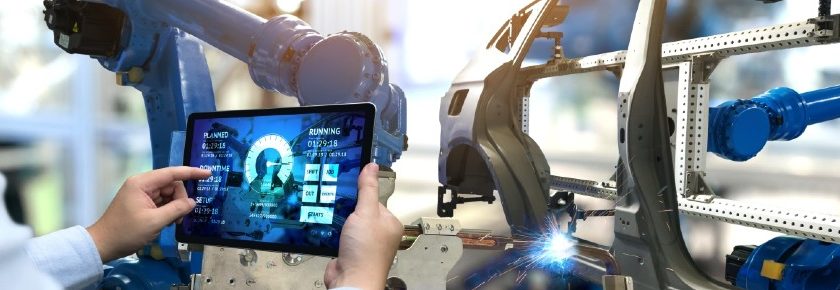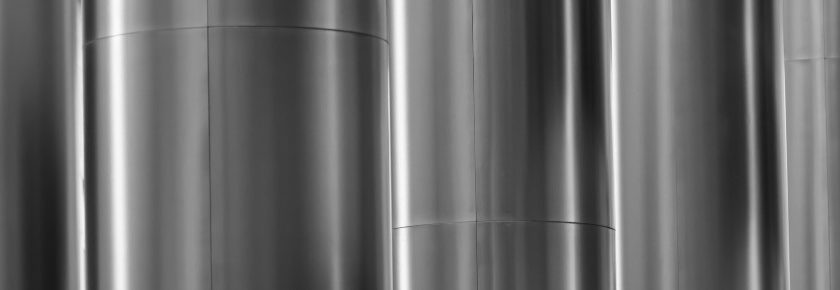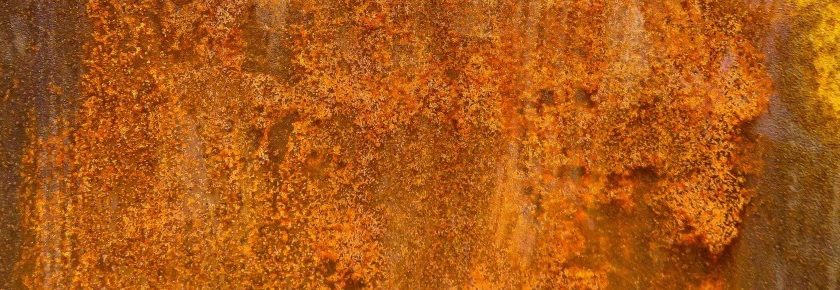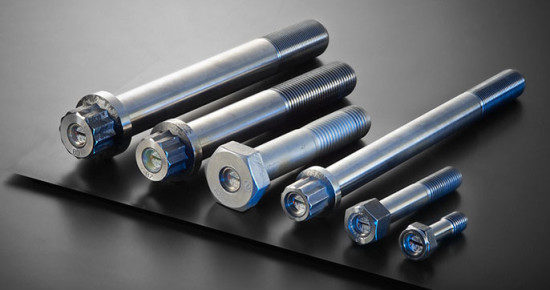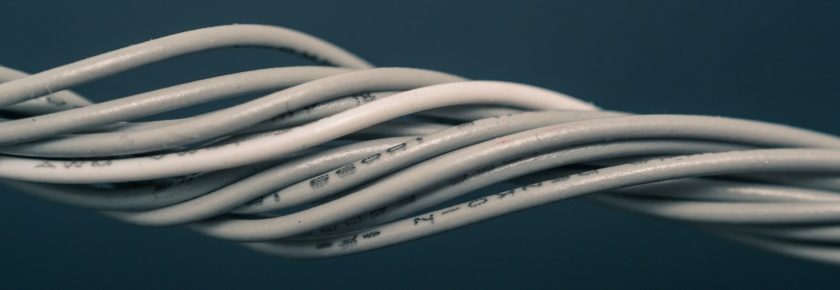Today more than ever, automotive manufacturers are embracing the usefulness of electric vehicle technologies. And for more than two decades, the experts at Laird have offered guidance, assistance, and tailored solutions. The Laird Technologies materials science experts specialize in helping Tier 1 automotive suppliers resolve the most complex electronic design challenges where the module structure meets heat channeling and EMI suppression.
To put it simply, the engineering experts at Laird Technologies are designers who help designers limit wasted time, effort, and costs while expediting time to market for key automotive components. Let’s take a closer look at some of Laird’s thermal solutions for the automotive industry.
EV Powertrain Electronics
The team at Laird boasts extensive knowledge about automotive thermal solutions designed to protect components from heat issues and manage thermal cycling including EMI mitigation. A few key products from Laird’s EV Powertrain Electronics line include:
- A Low Profile DCDC SMD Power Inductor engineered with the lowest-cost design goal.
- Broadband Wire Mound Common Mode Choke enables higher-switching mode designs and features a nanocrystalline core.
- TGREASE Thermally Conductive 2500 Grease is an environmentally friendly, silicone-free solution with 3.8W/mK thermal conductivity.
- TFLEX CR2R200 Cure-In Place Gap Filler is ideal for large gap tolerances and delivers 2.0 W/mK thermal conductivity
LED Component Systems
The team of Laird Technologies employs extensive industry knowledge about sub-assembly design to help improve thermal management for electric vehicles while mitigating crosstalk from LED automotive component systems. These solutions include:
- Beam Shading Stamped Metal for high-performance simulation.
- TFLEX SF8800 Gap Filler that offers low total thermal resistance and 8.0 W/mK conductivity.
- TPUTTY 607 One-Part Dispensable Gap filler is designed for PCB apps/lidar and achieves 6.4 W/mK thermal conductivity.
- EMI Low Current Magnetic Ceramic Chip Beads offer excellent suppression of noise.
Autonomous Driving Systems
Laird offers multiple progressive autonomous driving systems designed to help manufacturers ensure optimum efficiency. These components include:
- Q-ZORB Thermoset Microwave Absorber is designed to optimize reflection loss and insertion loss.
- TGREASE 2500 is an environmentally friendly, silicone-free thermal grease that ends migration issues while offering 3.8 W/mK thermal conductivity.
- TPUTTY 607 One-Part Dispensable Gap filler is designed for PCB apps/lidar and achieves 6.4 W/mK thermal conductivity.
- SSMD Electronic Contact features tin, silver, gold, and nickel platings and has 0.13 mm thickness.
EV/PHEV Battery Packs
Laird offers multiple EV/PHEV battery pack components to satisfy design constraints while meeting economics.
- TPUTTY 607 One-Part Dispensable Gap filler is designed for PCB apps/lidar and achieves 6.4 W/mK thermal conductivity.
- TFLEX SF600 Thermally Conductive Gap Pad is a silicone-free solution that delivers up to 3.0 W/mK conductivity.
- TFLEX 400 Thermal Pad is a high deflection gap filler that delivers 40 W/mK conductivity.
Infotainment/Cluster Systems
Laird also offers solutions designed to safeguard infotainment/cluster systems from EMI and heat issues, including:
- Fabric-Over-Foam Gaskets have an EMI shielding effectiveness of over 100 dB and low surface resistivity.
- EMI Low Current Magnetic Ceramic Chip Beads offer excellent suppression of noise and vibration resistance in a compact design.
- MGV Power Inductor features a low profile and high current design.
- TPUTTY 607 One-Part Dispensable Gap filler is designed for PCB apps and achieves 6.4 W/mK thermal conductivity with maximum thermal transfer.
For more on Laird products and a wide range of other automotive fasteners, reach out to the Bossard team today at ProvenProductivity@bossard.com.
UP NEXT



